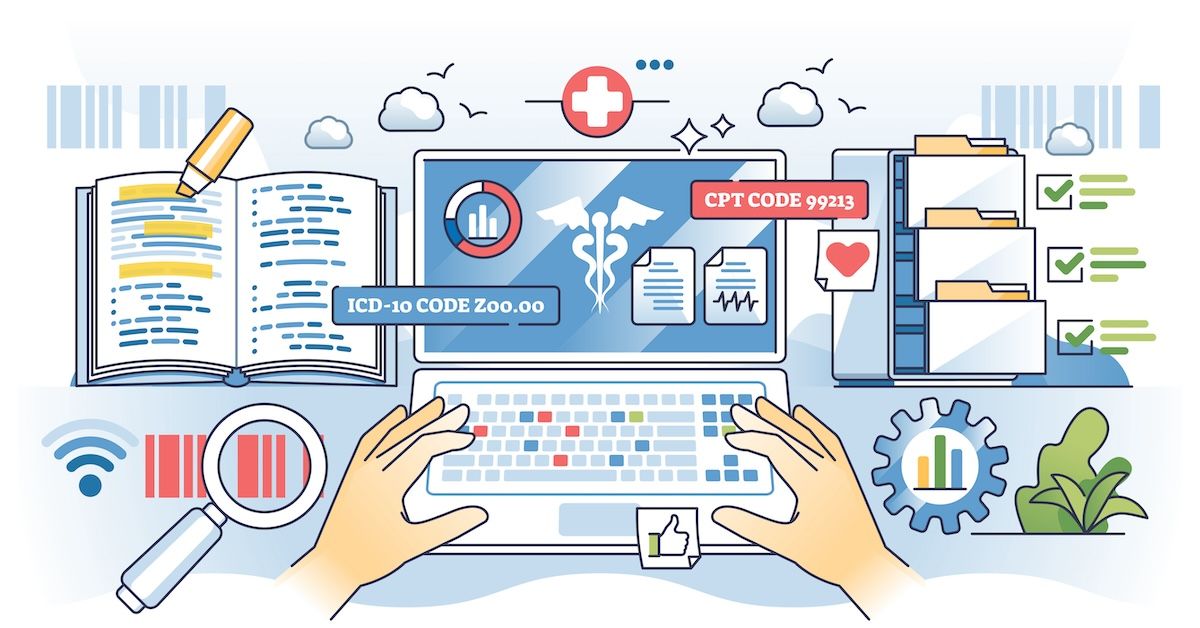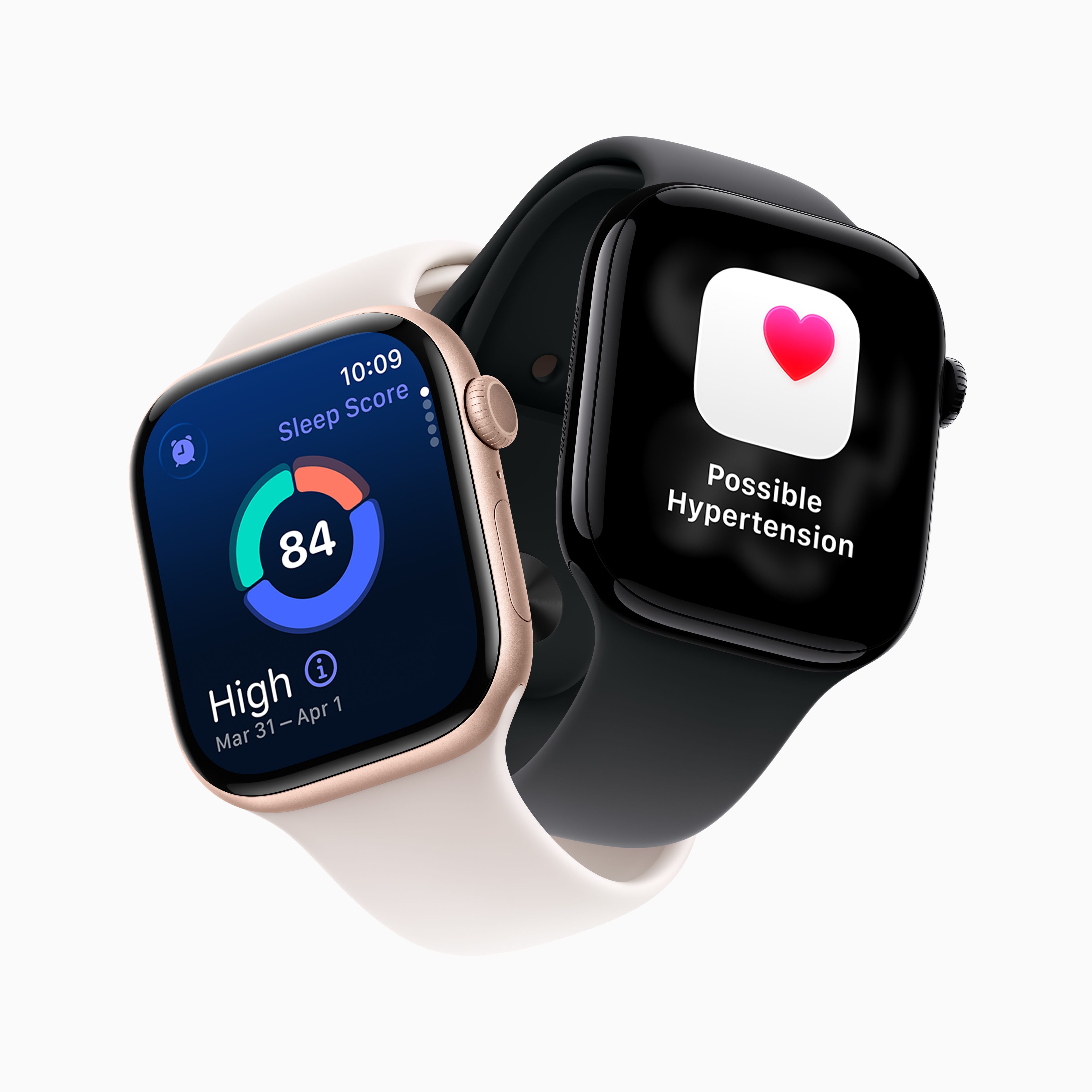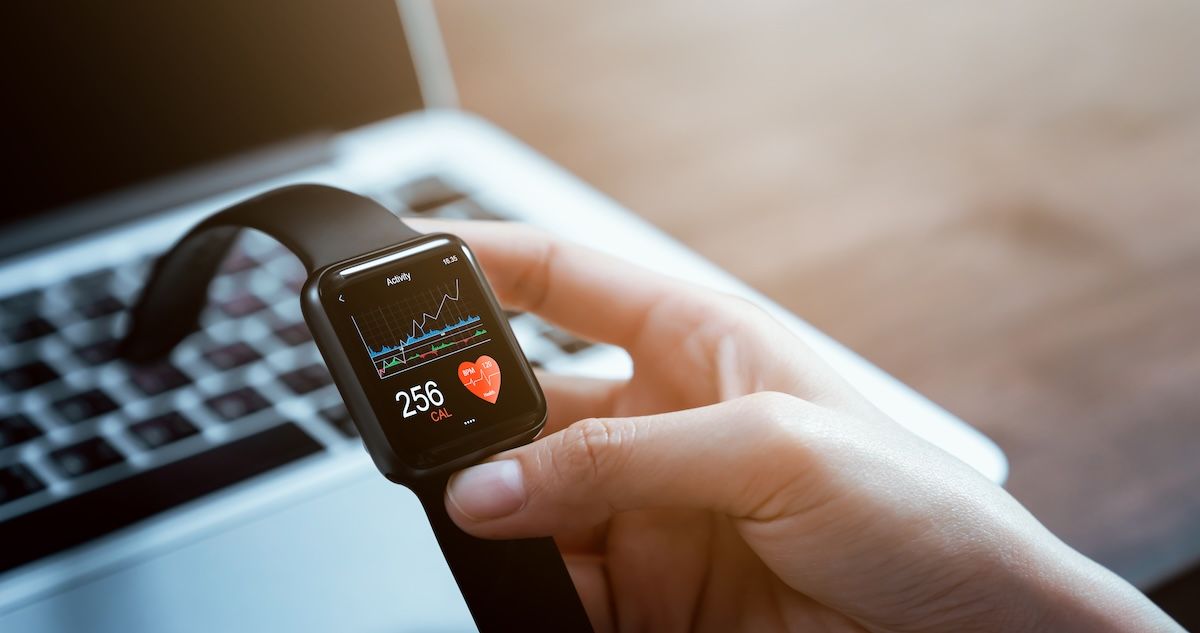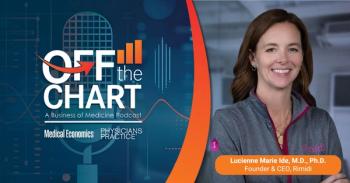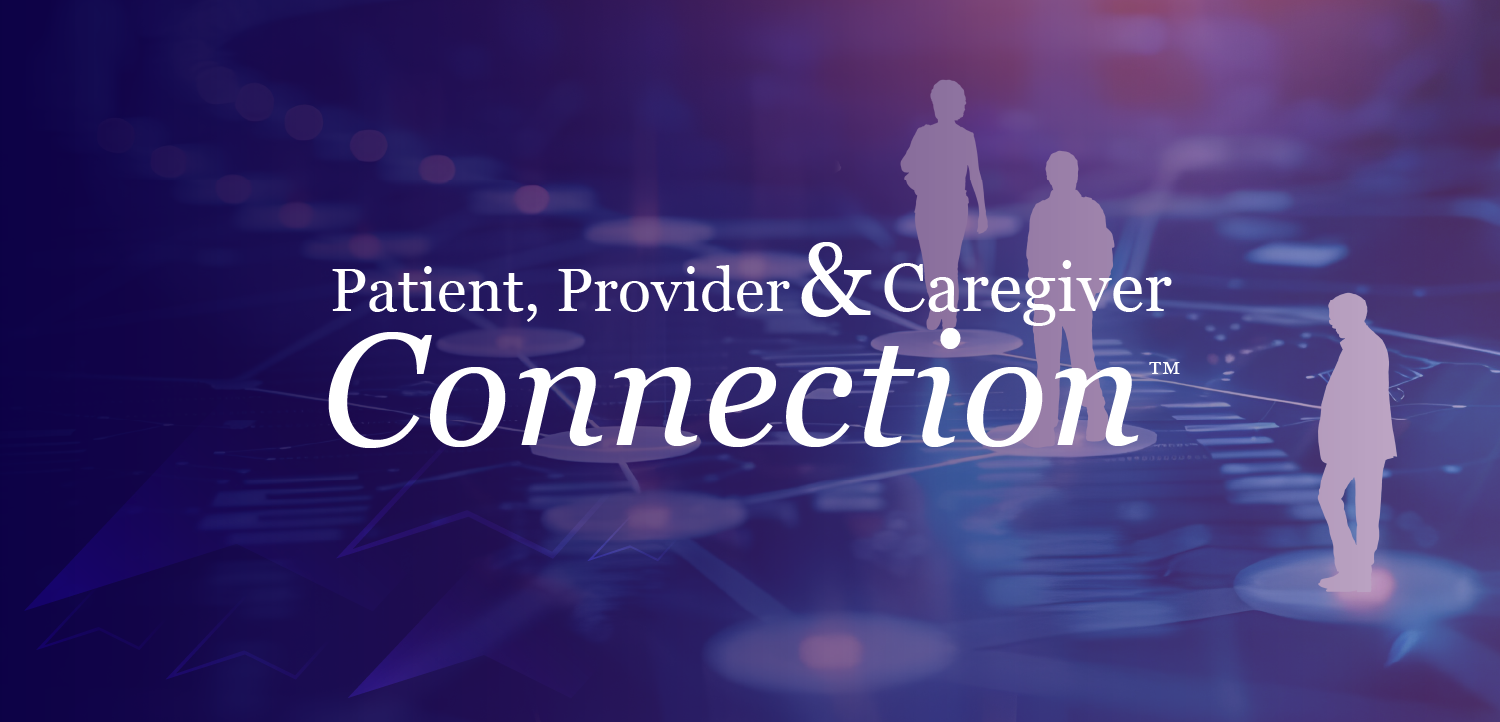
Remote Patient Monitoring
Latest News
Latest Videos

Shorts

Podcasts
CME Content
More News

Connected technologies revolutionize health care delivery, enhancing patient outcomes and efficiency through remote monitoring and integrated workflows in a post-pandemic world.
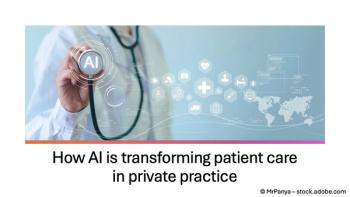
From ambient transcription to smart scheduling, AI is helping doctors cut costs, save time and improve care. Here’s where it’s making the biggest difference — and what to consider before you invest.
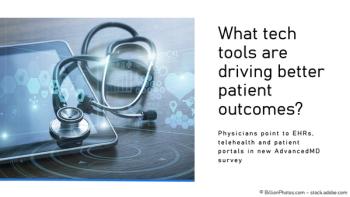
Independent practices say EHRs lead the way — but telehealth, patient portals and analytics tools are driving measurable results, especially in mental health care.

Because of their semi-regular touchpoints with patients, physicians play a critical role in making patients aware of supportive care options, helping them access tools and services they might not otherwise know are available.
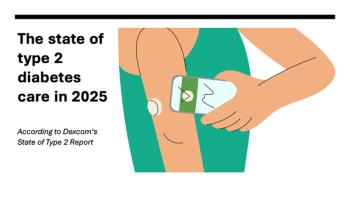
New national data reveal that physicians rank continuous glucose monitoring as the top intervention for managing type 2 diabetes — but coverage, education and adoption gaps remain.
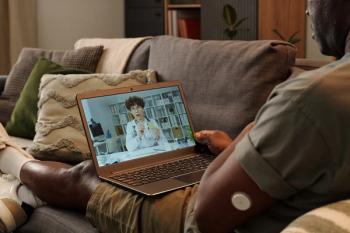
The designation marks a new benchmark in virtual care quality standards.

A new study outlines how AI might support eVisits. Patients are on board, as long as doctors remain in the driver’s seat.

Caroline Pearson, executive director of the Peterson Center on Healthcare, explains a new analysis of use and payment for remote monitoring technologies.

Caroline Pearson, executive director of the Peterson Center on Healthcare, explains a new analysis of use and payment for remote monitoring technologies.

Caroline Pearson, executive director of the Peterson Center on Healthcare, explains a new analysis of use and payment for remote monitoring technologies.
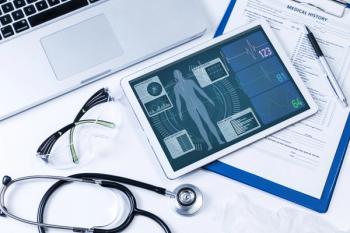
Digital health leaders unite in the Remote Monitoring Leadership Council to promote remote patient monitoring and advocate for supportive health policies.

A University of Michigan program using digital monitoring slashed hospitalizations by nearly 60%, offering a model for scalable post-discharge care.
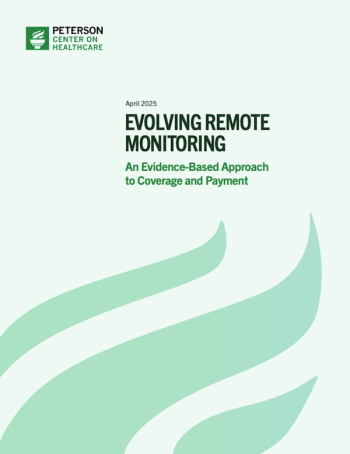
Peterson Center on Healthcare offers policy recommendations to better serve patients while avoiding wasteful services.
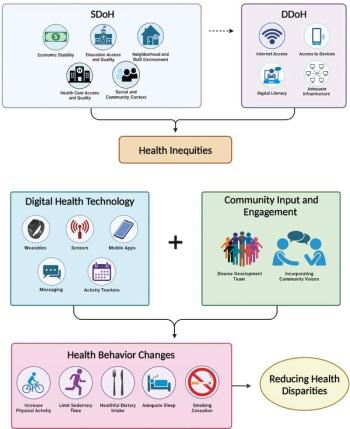
American Heart Association says physicians should consider how digital drivers of health affect patients.
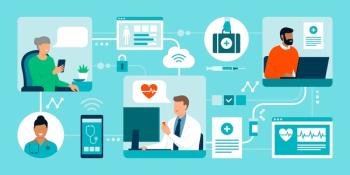
Merged organizations pledge to advance innovative technologies to improve patient care.
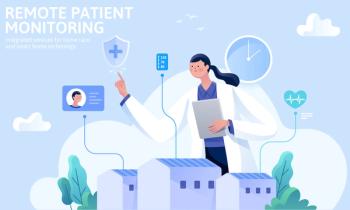
Here’s what to know about advanced primary care management — and how to get paid for it.

A Florida Atlantic University study paired high school students with older adults to improve tech literacy and health tracking.

Physicians, pharmacists and artificial intelligence can join to form a cost-effective solution that improves patient outcomes and financial sustainability.
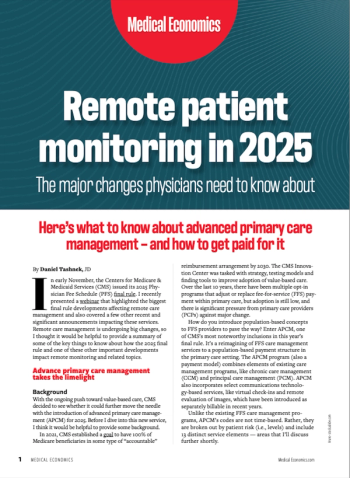
Industry analyst outlines how Medicare made a noteworthy inclusion in its 2025 rule.
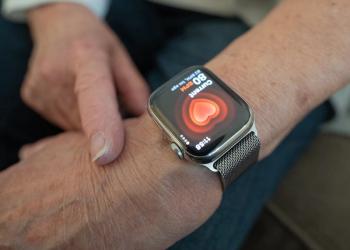
Just 25% of patients who self-monitor their heart health discuss the data with their doctors.

As health care moves home, primary care physicians are stepping in to ensure care stays personal and effective.

Distributed technology for provider credentialing and patient identification can increase access to health care around the globe.

Artificial intelligence and personalized incentive structures are coming together to take pressure for treatment plan adherence off doctors’ shoulders.

The advent of telehealth and remote patient monitoring has created an opportunity to reassess how blood pressure control is measured and managed.

When possible, patients prefer to recover in their own beds instead of hospital beds, according to a new survey. National health care policy needs to catch up to patient need.



